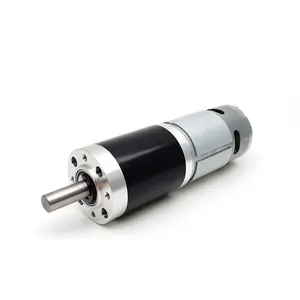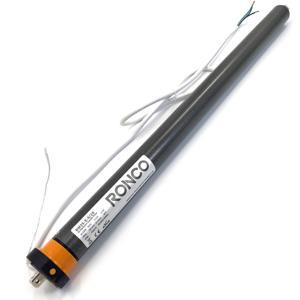Alibaba.com showcases a diverse array of battery-powered motors, catering to various applications and industries. Among the offerings, you'll find brushless DC motors in 12V and 24V configurations, boasting diameters ranging from 24mm to 42mm. These motors are designed for high torque and high-speed operations, suitable for compact and efficient designs. Additionally, there are single-phase motors with dual capacitors, available in fractional horsepower ratings, adhering to NEMA premium efficiency standards.
For automation and gate operation, solar-powered electric motors with backup batteries are available, ensuring reliability and sustainability. The platform also lists specialized motors like the 385 series for handheld vacuum cleaners, offering low noise and high-speed performance at economical price points. For hobbyists and educational purposes, complete DC motor kits are provided, which include mini electric motors capable of high RPMs, paired with battery holders for DIY projects.
The selection extends to heavy-duty applications with offerings such as permanent magnet synchronous motors and transaxles for electric tractors, as well as high-power brushless motors for electric vehicles, complete with encoders. Smaller devices, such as electric wheelchairs, benefit from high torque battery-powered DC motors, while robotics and electrical tools can utilize high-speed, no-vibration BLDC motors. Alibaba.com's range also includes motors designed for household and outdoor equipment like electric chainsaws, lawn mowers, and even BBQ grills.




































 浙公网安备 33010002000092号
浙公网安备 33010002000092号 浙B2-20120091-4
浙B2-20120091-4